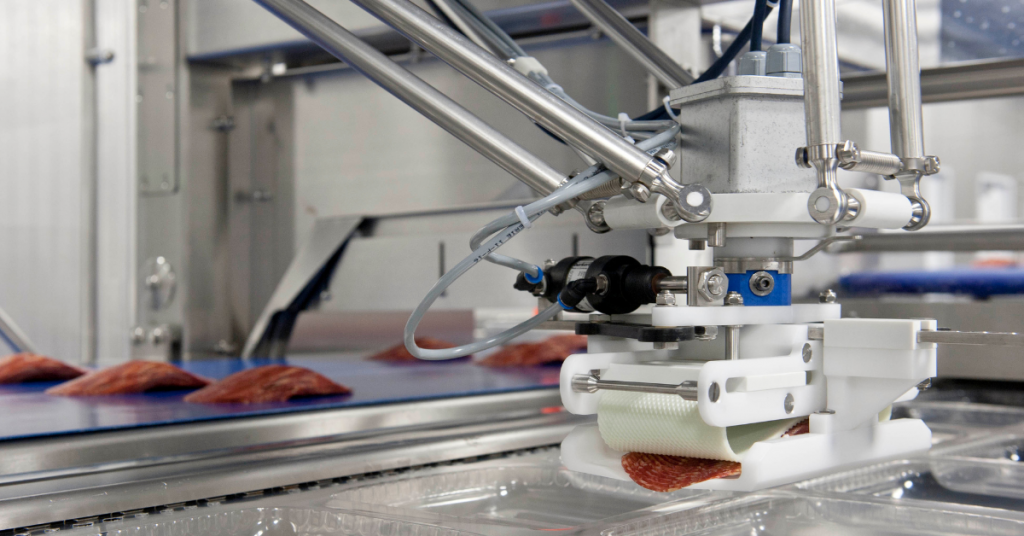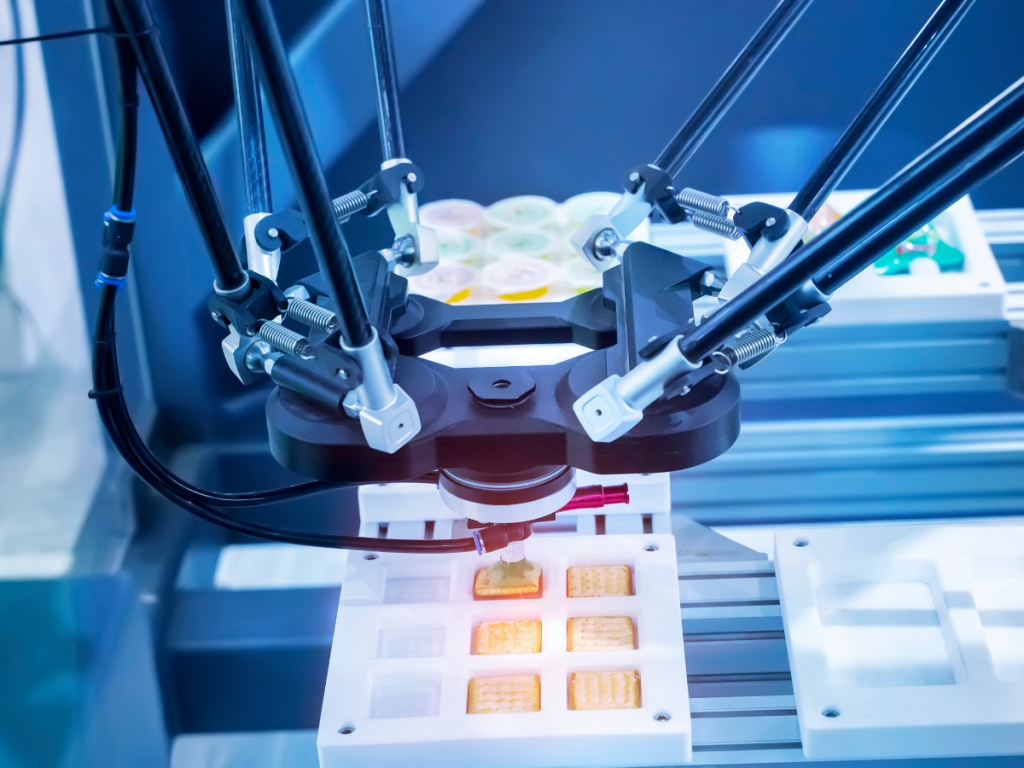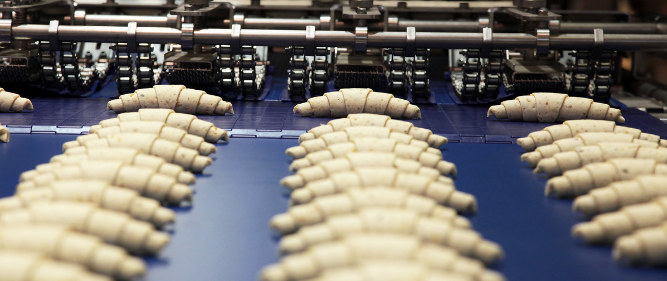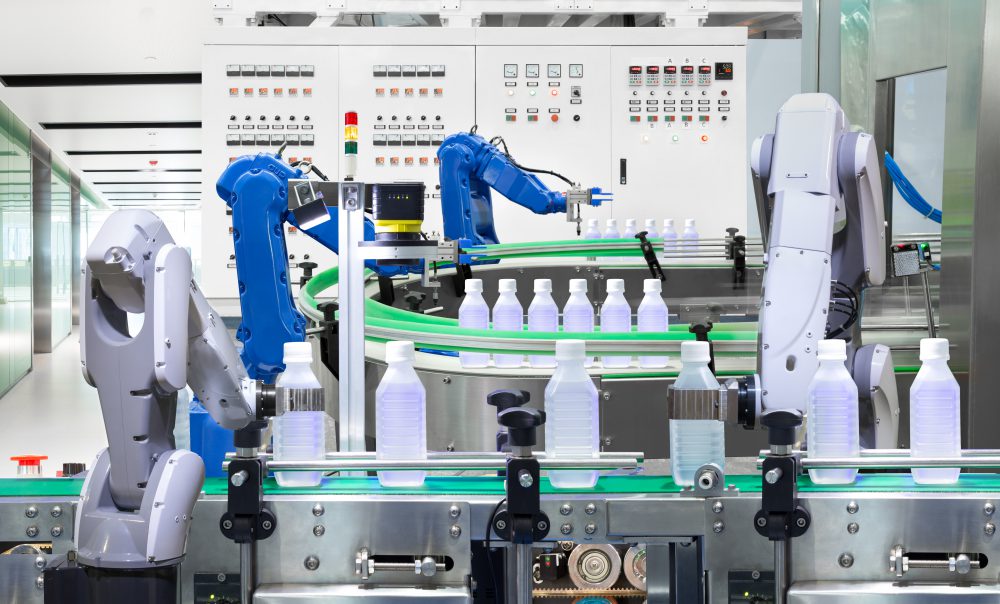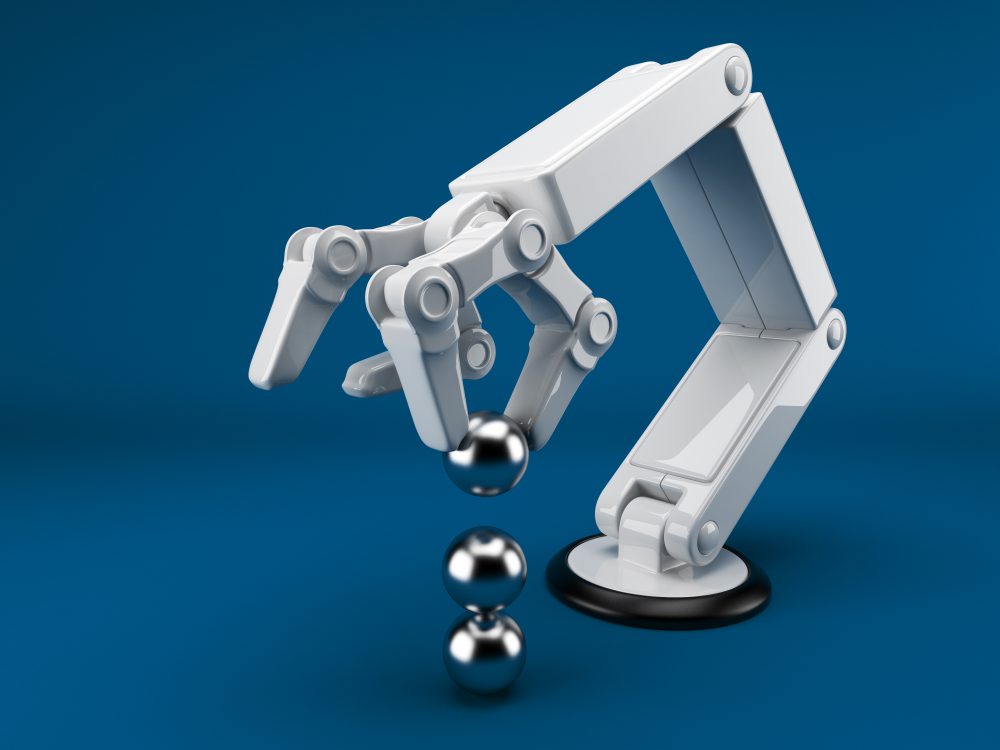Proactive Measures for Minimizing Downtime in Automated Facilities
Automation is an integral component of a modern facility’s competitive advantage. In addition to enabling rapid throughput, robotics and automation solutions can help minimize production issues stemming from fluctuating factors like labor availability, supply chains and material prices.
Historically, hefty price tags have acted as the main bottleneck to investments in cutting-edge manufacturing technology. The good news is technology is getting cheaper and easier to implement, making it harder for plant owners to ignore the long-term return on investment (ROI) of upgrading their facilities. However, plant managers face another challenge in today’s market: What happens when these sophisticated systems need maintenance or repairs?
Continue Reading “Proactive Measures for Minimizing Downtime in Automated Facilities”


